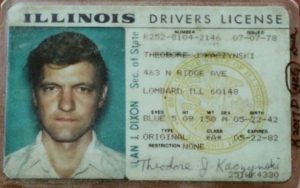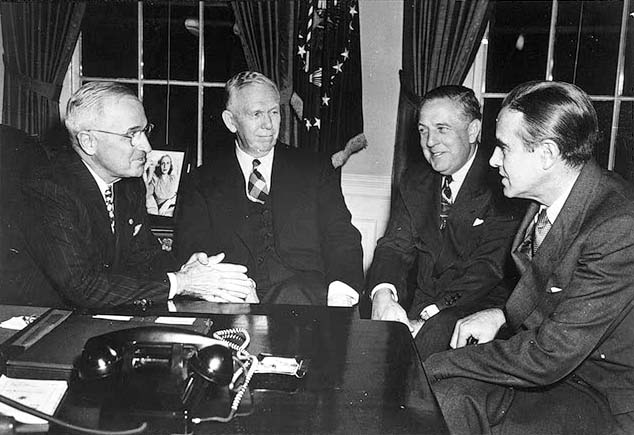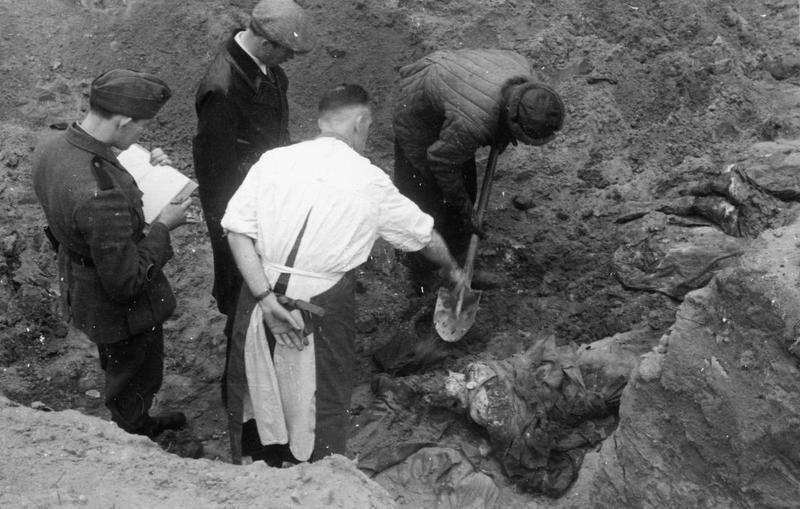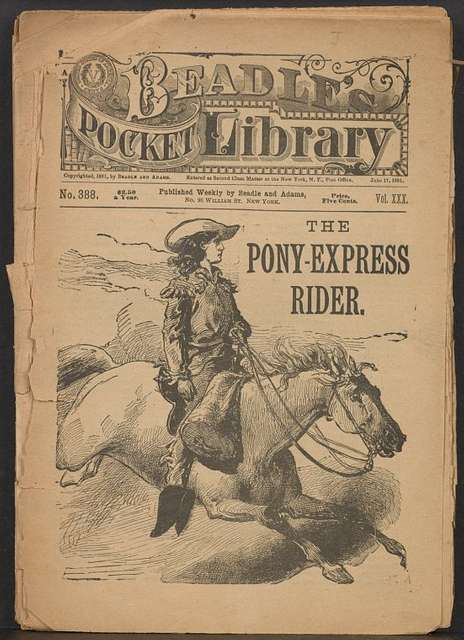A closer look at the key events on April 3 in history:
In 1996, the Unabomber is arrested
Ted Kaczynski, was an American terrorist known as the “Unabomber.” Over a 17 year period he sent mail bombs to people he perceived as enemies of humanity, mostly science or technology professors and researchers, killing 3 people and injuring 23. After his initial attacks in 1978, federal investigators created the UNABOM task force (which stands for university and airline bombing), from which he got his nickname. He contacted the media in 1995, saying he would stop his bombing campaign if they published his 35,000 word manifesto. It was subsequently published in the Washington Post. After his brother recognized Kaczynski’s writing, he tipped off the authorities, who apprehended him in Montana on this day in history. Kaczynski pleaded guilty and was sentenced to life in prison.
In 1948, the Marshall Plan is implemented
In 1940, the Katyn massacre takes place
The Katyn Massacre was a mass execution of Polish military officers, which had been captured during the Soviet Union’s invasion of east Poland in 1939 (Germany had invaded west Poland the same year). The prisoners of war were supposedly taken to prison camps in the USSR. However, when Germany invaded the Soviet Union in 1941, the polish government-in-exile (in London) struck a deal with the USSR to band together against Germany. However, when the Polish government asked for 15,000 prisoners of war be transferred to join the army, the USSR claimed that they had relocated to Manchuria and could not be found. However, soon after, found mass graves were discovered in the Katyn forest near Smolensk. The 4,443 corpses that were found were those of the Polish prisoners of war. The Soviets denied any involvement accusing the Germans of the crime, but in 1989, they officially assumed responsibility, saying that Joseph Stalin gave the order to the Soviet secret police. As many as 22,000 polish nationals are said to have been killed in the event, which is considered the worst massacre of prisoners of war in history.
In 1860, the Pony Express delivery system is launched
The Pony Express delivery system utilized a relay of horse-mounted riders to transport mail and messages quickly across the vast expanse of the American frontier, covering nearly 2,000 miles between Missouri and California. Its relay system cut the delivery time of mail and news from almost a month to just 10 days. Despite its brief operation of only 18 months, the Pony Express captured the imagination of the nation and left a lasting legacy as an iconic symbol of speed, daring, and innovation in communication during the mid-19th century.
– Don’t miss out on To Vima’s daily “On this Day in History” posts.






